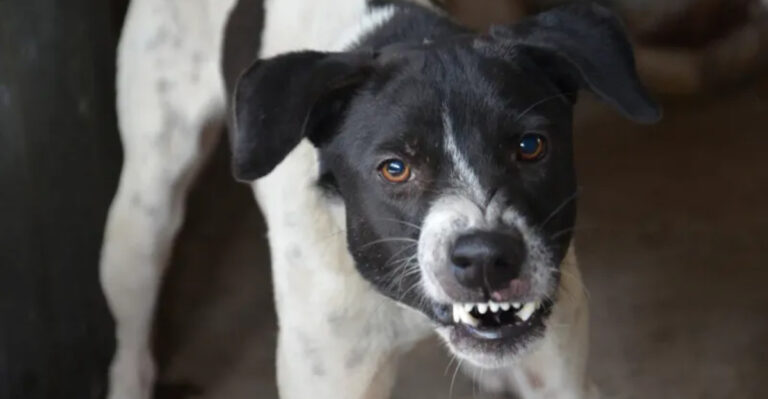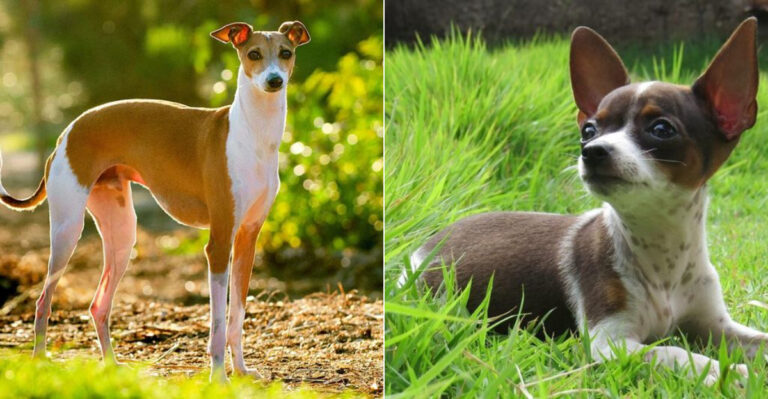14 Big Cats That Are Powerful Enough To Hunt Animals Twice Their Size
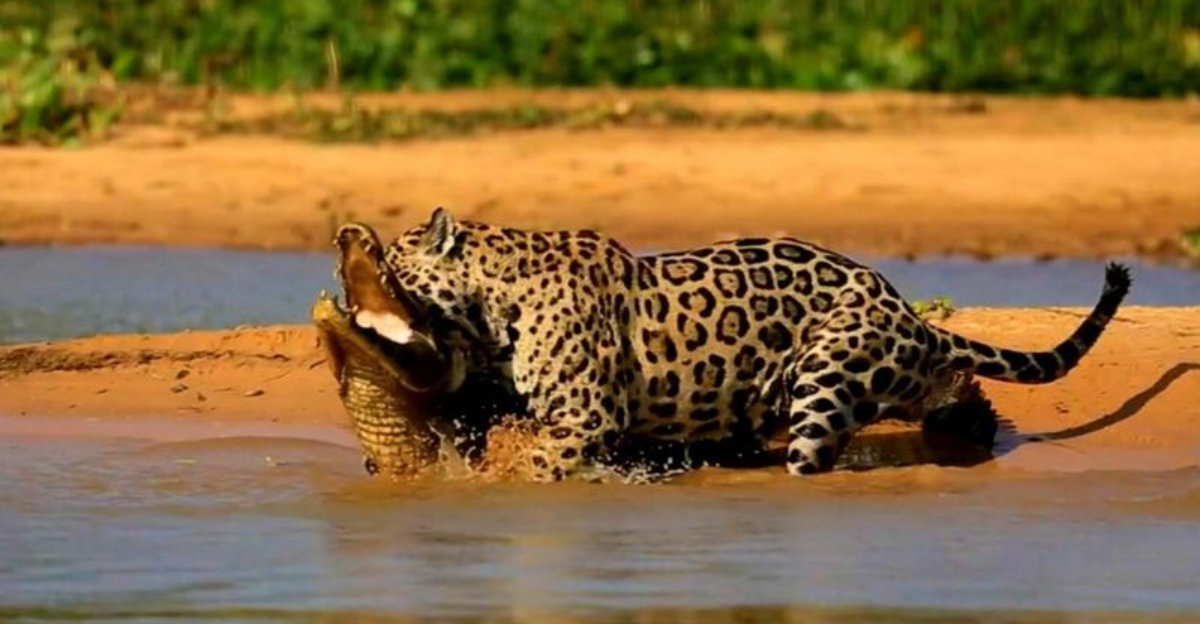
Nature’s most impressive hunters stalk through forests, savannas, and mountains with precision.
Big cats stand as apex predators in their ecosystems, using incredible strength, speed, and hunting skills to take down prey much larger than themselves.
1. Tiger
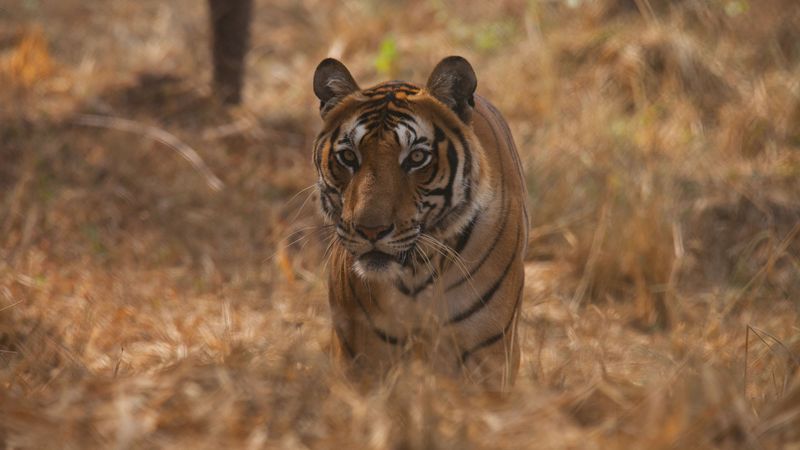
Weighing up to 660 pounds, these striped giants possess raw power that’s unmatched in the cat world. Their muscular shoulders and forelimbs can deliver bone-crushing blows.
Tigers routinely ambush water buffalo and gaur that tip the scales at over 2,000 pounds. A single tiger can drag prey weighing five times its own body weight for impressive distances, showcasing their extraordinary strength.
2. Lion
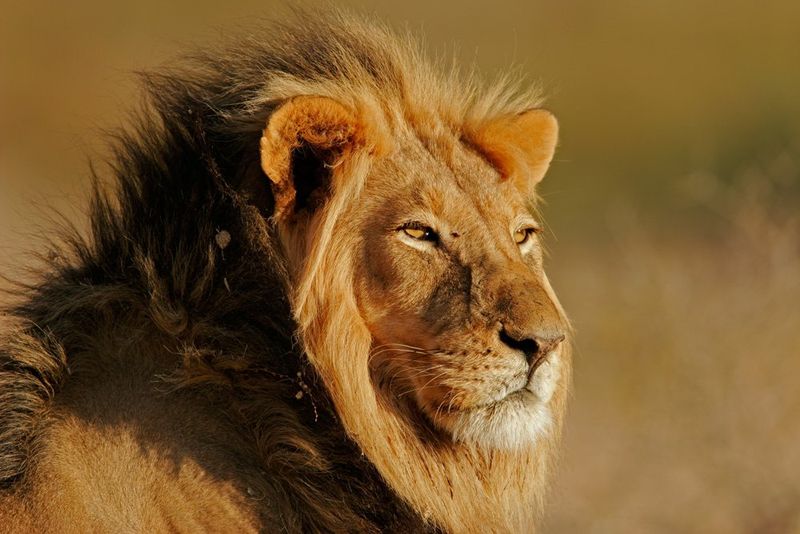
Kings of coordination, lions work together to bring down massive prey. A male’s impressive mane hides powerful neck muscles crucial for tackling animals twice their size.
Female hunting parties strategically surround and ambush buffalo, zebras, and even giraffes. Their cooperative hunting strategy allows them to overcome prey that no individual lion could handle alone, with successful hunts ending in a feeding hierarchy.
3. Leopard
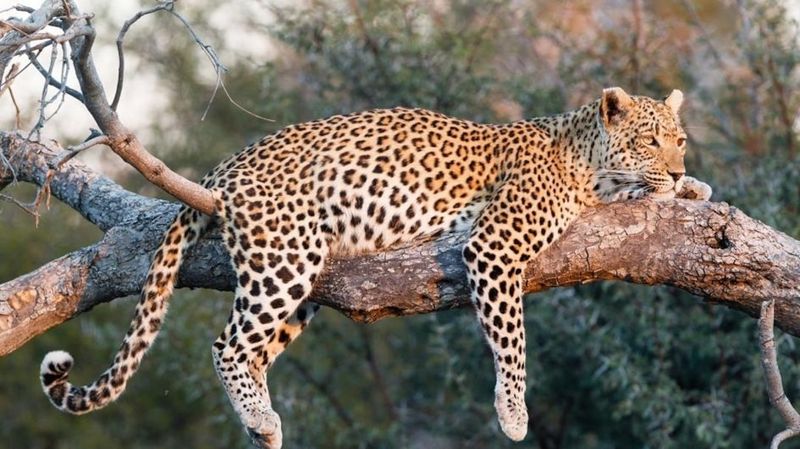
Masters of stealth and surprising strength, leopards routinely accomplish the seemingly impossible. Their remarkable climbing ability allows them to hoist heavy carcasses into trees.
A 130-pound leopard can drag an antelope weighing over 250 pounds up a vertical tree trunk. This impressive feat requires not just raw power but extraordinary core strength and balance that few other predators can match.
4. Snow Leopard
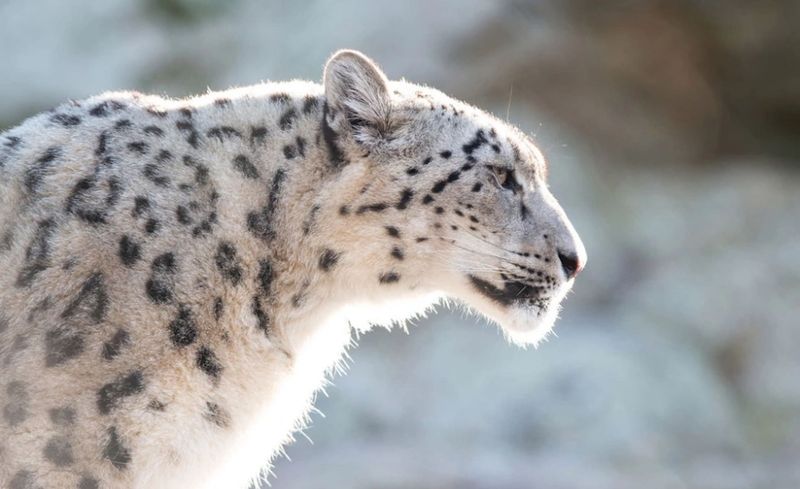
Ghost cats of the mountains, snow leopards hunt across terrain that would challenge even the most skilled human climbers. Their thick fur hides lean, powerful muscles perfectly adapted for mountain hunting.
These cats pursue blue sheep and ibex across nearly vertical cliff faces. Their enormous tails provide balance as they pounce on prey often weighing twice their size, with specialized paws acting as natural snowshoes in their harsh habitat.
5. Mountain Lion
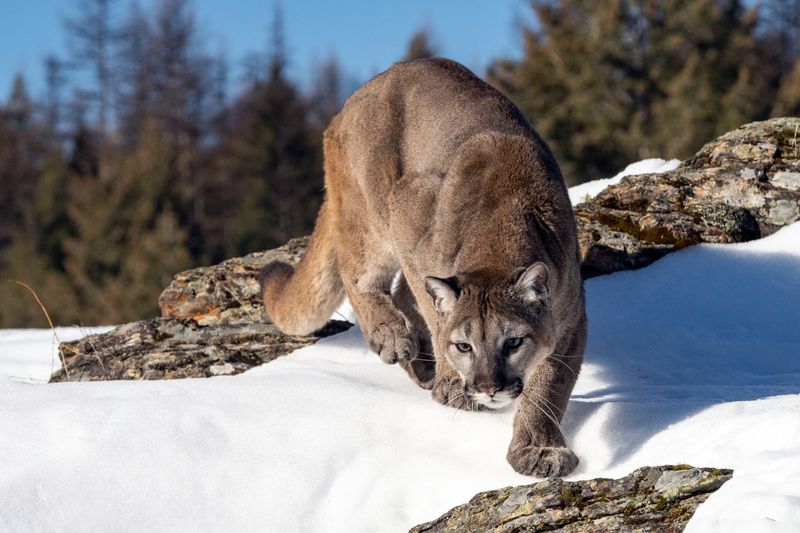
America’s lion relies on explosive power rather than endurance. These adaptable hunters can jump 18 feet vertically and 40 feet horizontally to ambush unsuspecting prey.
A 150-pound cougar can successfully take down a 600-pound elk through precise technique. They target the neck and suffocate their massive prey, often dragging carcasses to hidden cache sites where they’ll feed for days.
6. Cheetah
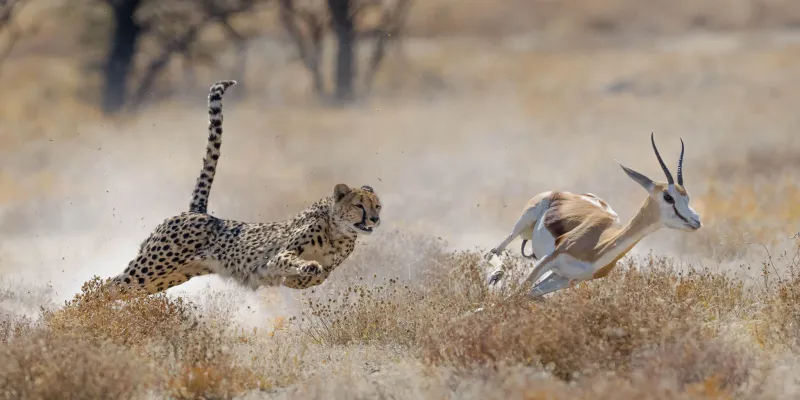
Speed demons of the savanna, cheetahs compensate for lighter frames with unmatched acceleration. They reach 60 mph in just three seconds, faster than most sports cars!
While not the strongest cats, cheetahs successfully hunt adult gazelles and impalas weighing nearly twice their own mass. Their specialized semi-retractable claws act like cleats, providing crucial traction during high-speed chases and takedowns.
7. Jaguar
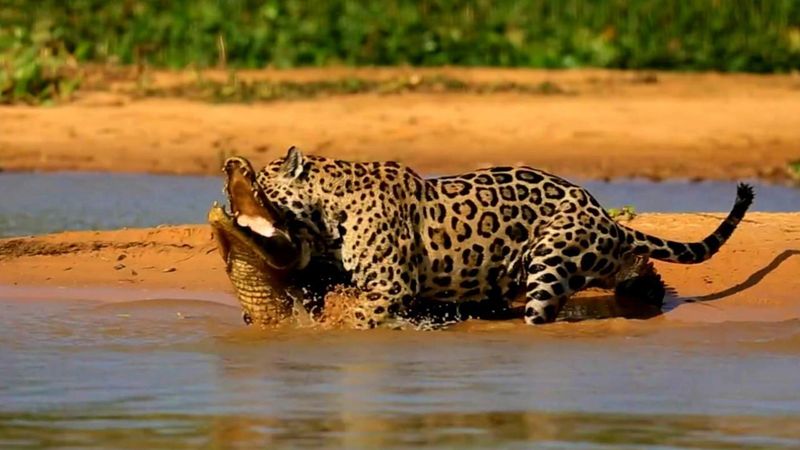
Pound for pound, jaguars boast the strongest bite force of any big cat. Their stocky build houses incredible muscle density that enables remarkable hunting feats.
Unlike other cats that suffocate prey, jaguars pierce skulls with specialized canines. They regularly hunt caimans and capybaras weighing twice their size, striking with precision at the base of the skull for an instant kill.
8. Eurasian Lynx
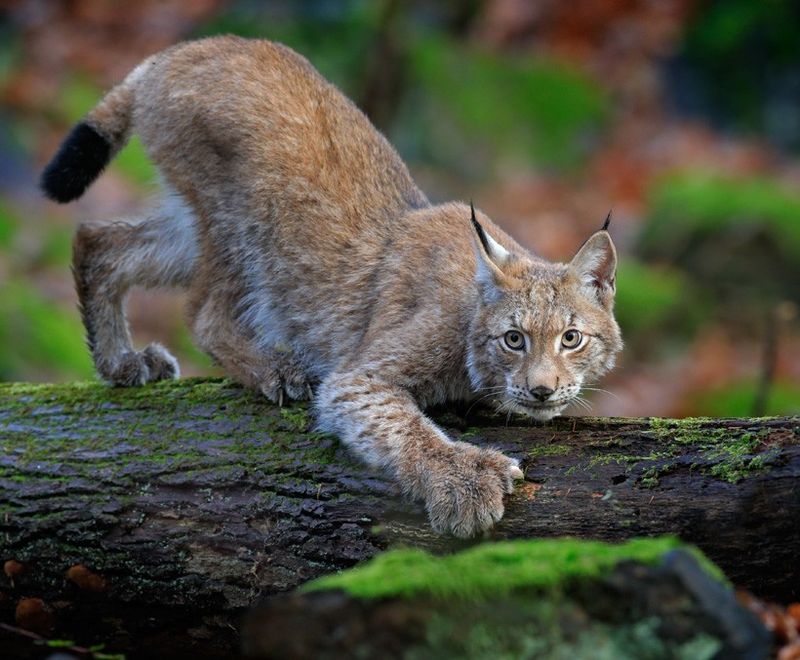
Sporting tufted ears and snowshoe-like paws, these northern forest dwellers punch well above their weight class. Standing just 30 inches tall, they routinely target prey twice their size.
Lynx ambush roe deer and chamois using powerful hind legs to launch surprise attacks from overhead branches. Their thick winter coats hide compact, muscular bodies capable of delivering devastating pounces through deep snow to secure meals that last several days.
9. Caracal
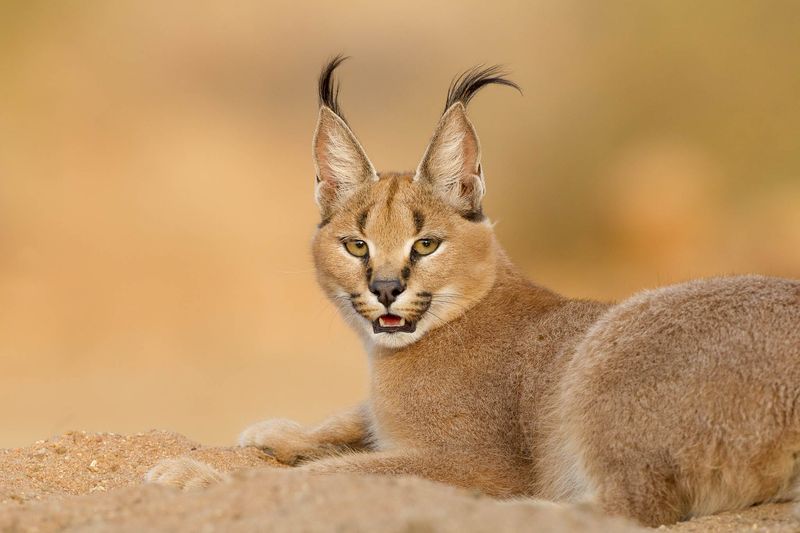
Famous for their aerial acrobatics, caracals can snatch birds mid-flight with incredible precision. Those distinctive black ear tufts aren’t just for show—they enhance the cat’s hearing capabilities.
Despite weighing only 40 pounds, these desert hunters take down small antelopes weighing up to 80 pounds. Their powerful hind legs enable vertical jumps of over 12 feet, allowing them to pluck birds from the air and tackle ground prey much larger than themselves.
10. Clouded Leopard
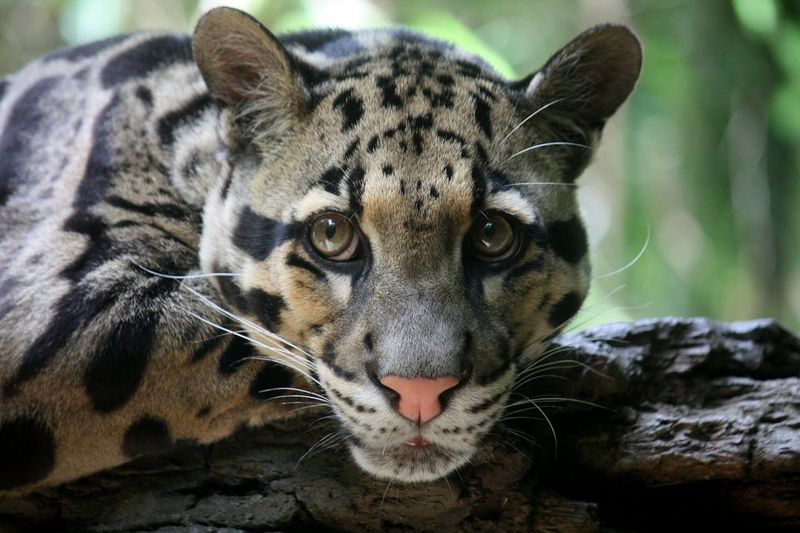
Nature’s acrobats possess the largest canines relative to skull size of any living cat. Their teeth can be two inches long—proportionally longer than a tiger’s!
These medium-sized cats hunt monkeys through the canopy with unrivaled agility. They can climb down trees headfirst and hang from branches using their powerful tails, ambushing deer and wild pigs from above despite weighing just 50 pounds themselves.
11. Serval
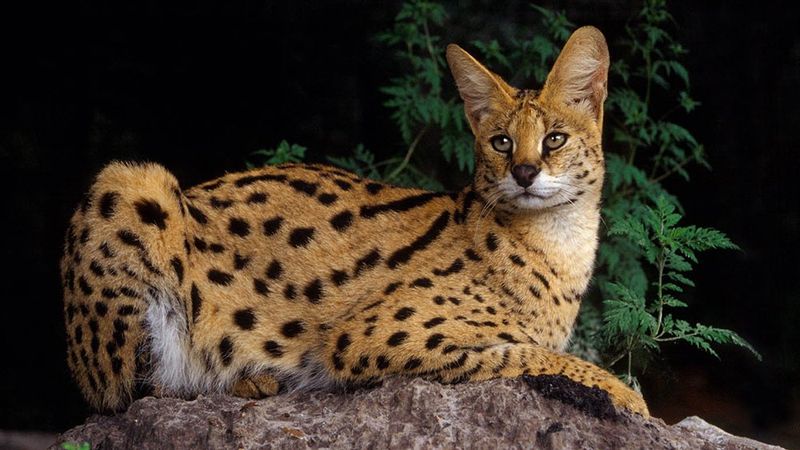
Leaping specialists with the longest legs relative to body size of any cat, servals seem almost otherworldly. Their oversized ears can detect mice moving underground from yards away!
Though primarily rodent hunters, these 40-pound cats occasionally take down small antelopes during lean times. Their incredible vertical jump—up to 10 feet high—allows them to pounce with precision on prey hiding in tall grass or strike birds from impressive heights.
12. African Golden Cat
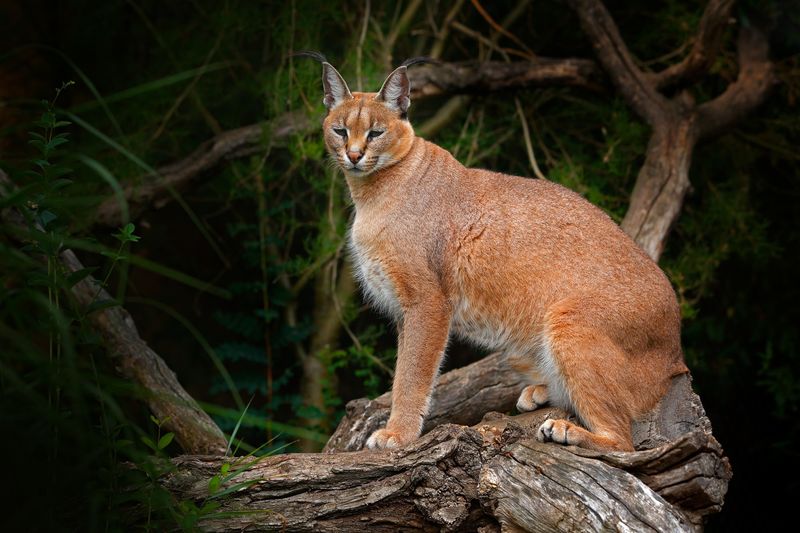
Rarely seen forest phantoms, these secretive hunters prowl Central Africa’s dense jungles with silent efficiency. Their golden-reddish coat provides perfect camouflage among dappled forest light.
Despite their medium size, golden cats regularly tackle duikers weighing twice their own body weight. Research has found they switch hunting strategies based on forest density, ambushing in thick vegetation and actively pursuing prey in more open areas.
13. Asiatic Lion
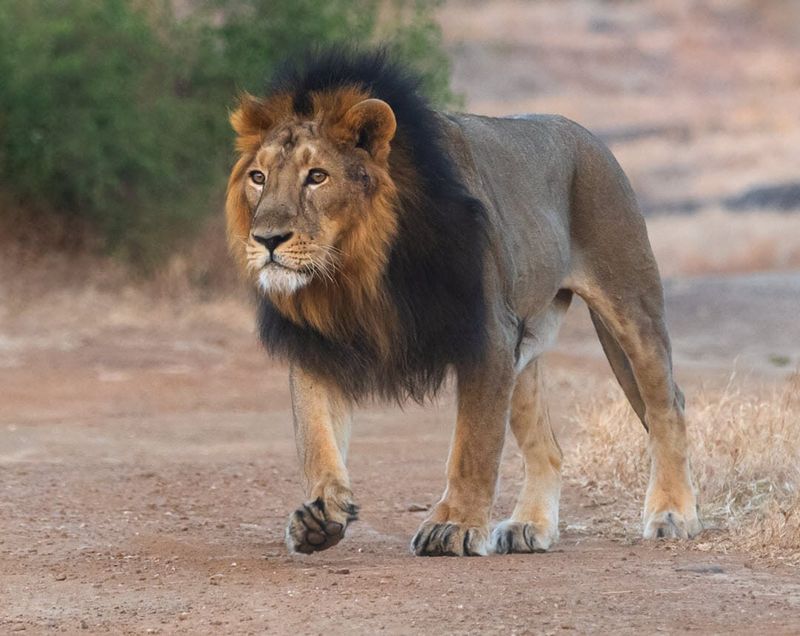
Once spanning from Greece to India, these majestic cats now survive only in Gujarat’s Gir Forest. Males sport distinctive shorter manes than their African cousins, revealing more muscular necks.
Despite smaller pride sizes, Asiatic lions successfully hunt nilgai and sambar deer weighing over 500 pounds. Their hunting technique focuses on close-quarter ambushes rather than the long chases favored by African lions, adapted to their forest habitat.
14. Sunda Clouded Leopard
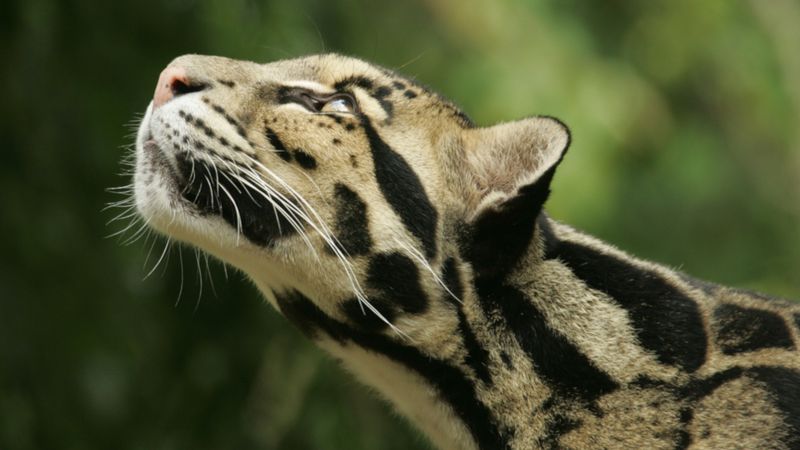
Island specialists with the longest canine-to-skull ratio of any living cat, these forest hunters were only recognized as a separate species in 2006. Their distinctive cloud-patterned coats provide perfect camouflage in dappled jungle light.
Despite weighing just 35 pounds, they regularly hunt prey exceeding their own weight. Their flexible ankle joints allow them to climb down trees headfirst, delivering surprise attacks from above on unsuspecting wild pigs and monkeys.



